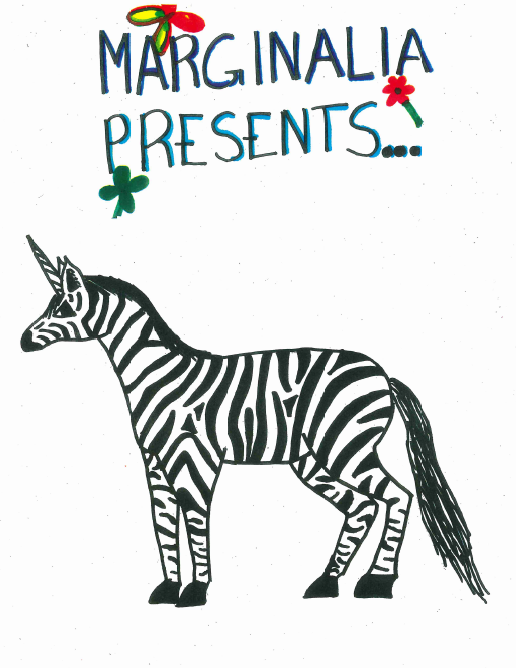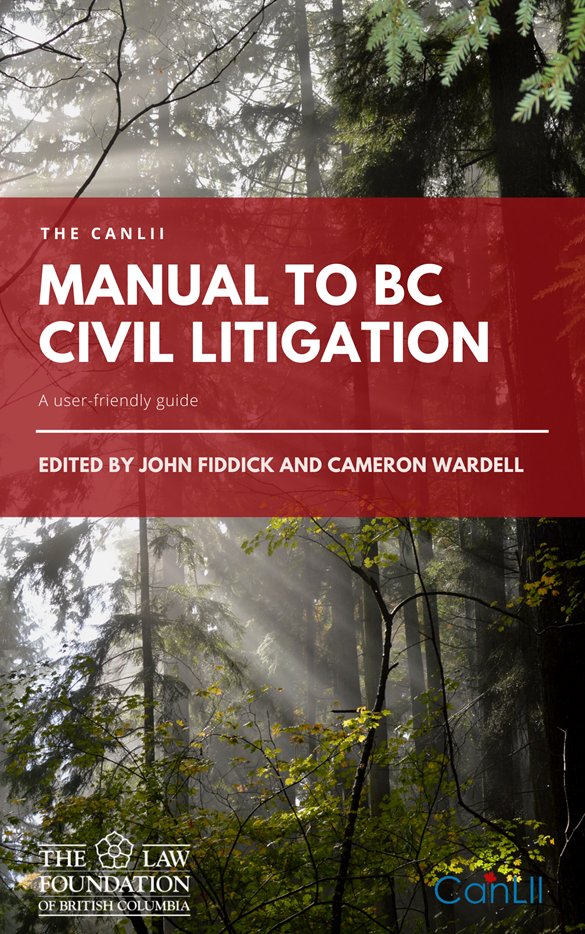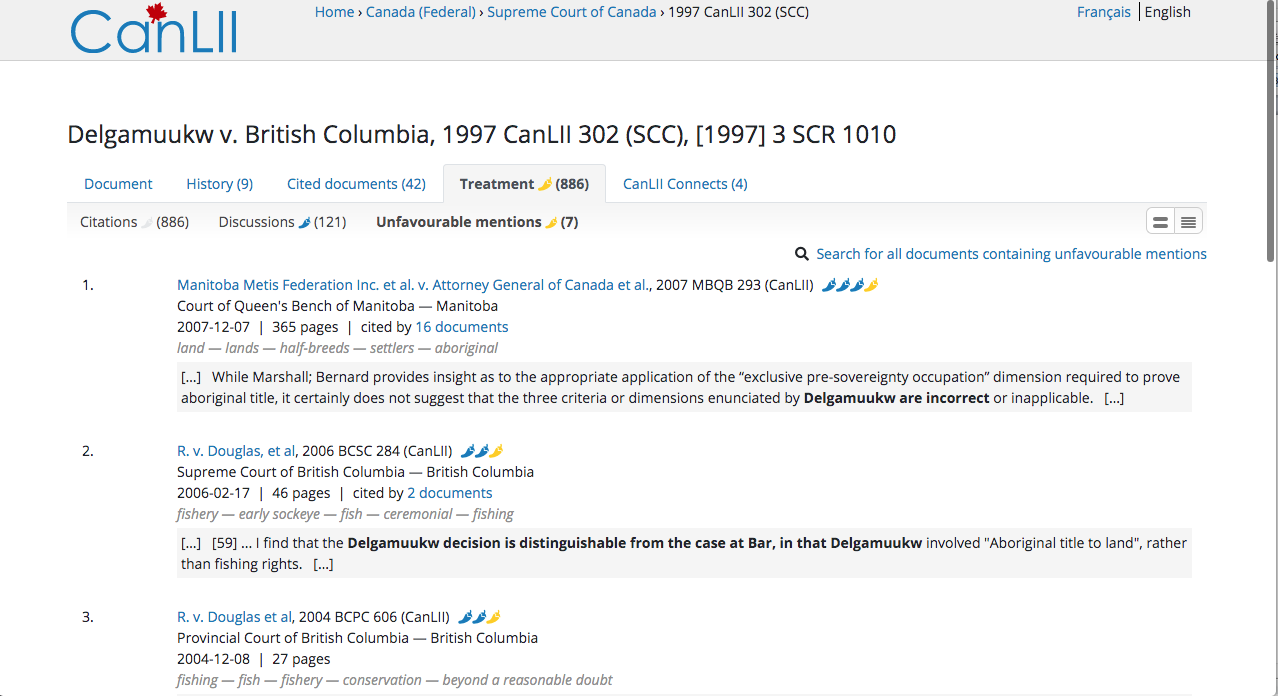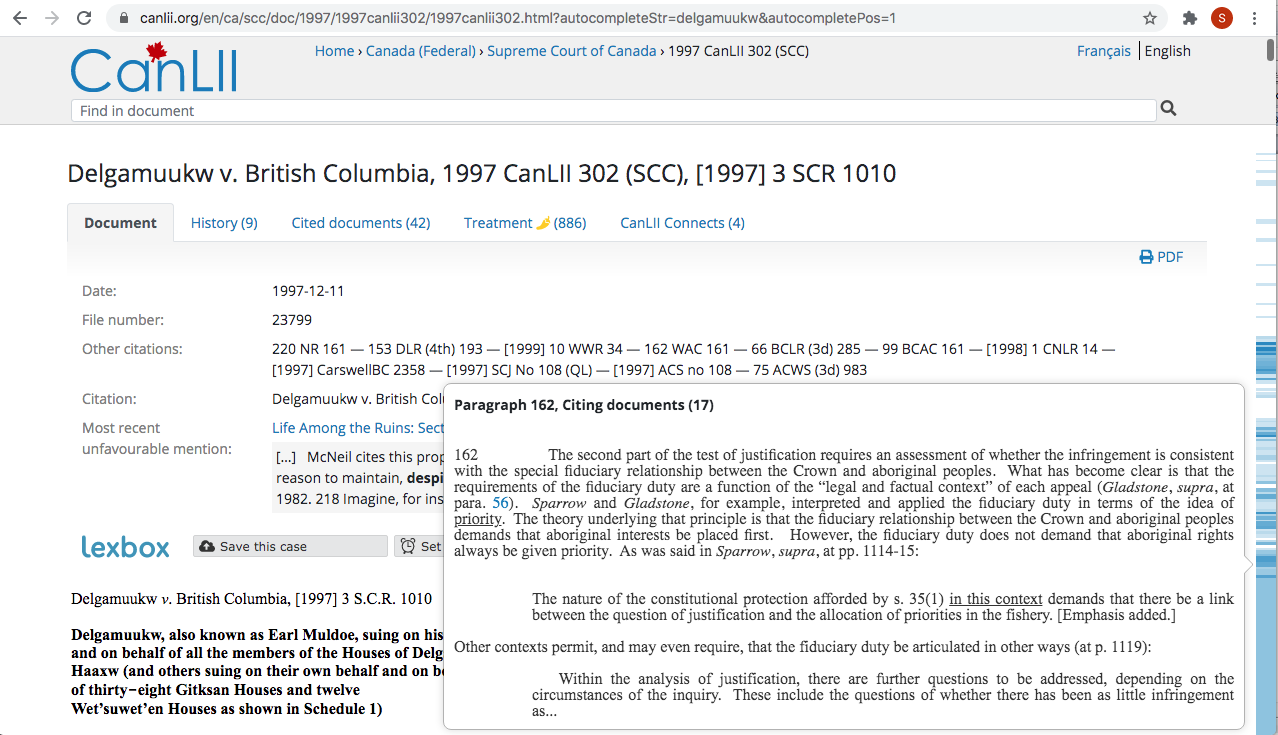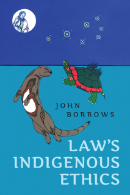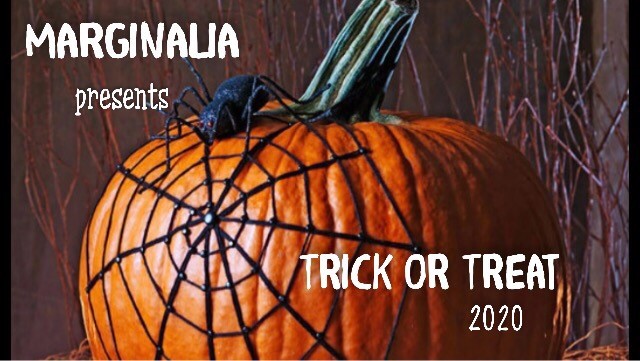
Welcome children (of every age) to this year’s collection of ghastly stories and ghoulish puns all designed to raise the hair on the back of your dear old Uncle Phil’s large bald head.
For this edition of Marginalia we’re going to travel back in time and pay homage to the Halloween horror stories that appeared in those classic pulp magazines from the 1950’s, ‘60’s and ‘70’s. I don’t know about you, but I scoured the shelves at our local second hand shops for back issues of Black Cat, Creepy, and Tales From the Crypt, to name but a few. So grab your bargain basement broomsticks and let’s begin.
Greeting fellow gremlins, my name is Dr. Phil Graves and I’m honored to be your Halloween Horror Host for this especially spooky issue of Marginalia Presents.
And what better way to start this smorgasbord of mouth-watering delights than with an appetizer that suits the season?
The only thing Peter ‘Pumpkin Head’ Punter liked better than Halloween was his mother’s home made pumpkin pie. So with that in mind, let’s steal a couple of shovels and dig into a tale called…
The Pumpkin Patch
The clock struck the hour for the thirteenth time as he slid deeper into his dream. Peter knew he shouldn’t’ve done it, but it was far too late for that kind of thinking now. Scared and uncertain, he wrapped a bed sheet around his shivering body and listened while the cold, barren wind knocked relentlessly on his bedroom window. Meanwhile, a menacing series of obscure shadows reached into his room and warned him about the unspeakable horror that was waiting for him on the other side of midnight.
Peter knew he was dreaming, but there was nothing he could do about it — and the harder he tried to wake up the further he slipped back into the restless abyss. Suddenly, a sound unlike anything he had ever heard in his life emerged from the pumpkin patch just outside his bedroom. He turned his head to one side and listened carefully. What he heard was the sickening sound of the garden’s former occupants escaping from their tangled roots.
Methodically, the oblong orbs worked their way past the leafless Garry Oak tree with its thin, gnarled branches pointing the way. As they approached the house itself, Peter nervously glanced out the window and noticed how closely the faces carved into each and every pumpkin resembled the alarming images found in the latest edition of his favorite horror magazine.
If only he hadn’t done it. Even his mother warned him not to, but that didn’t stop him.
Eventually, the room started to shrink and the walls turned themselves inside out as the home grown anomalies began to talk to him.
“She told you not to, didn’t she young Jack? She told you right to your face while you were in the kitchen helping her with the Halloween treats didn’t she, but you just couldn’t be bothered to listen to her could you?”, they chanted over and over again.
The round orange army marched to the back door, entered via the mudroom, turned left at the broom closet, and arrived at his unlocked door. Peter desperately tried to wake up, or at least force a scream past his trembling lips, but all he could manage was a silent stage whisper. The wide, hideous faces of the gathering masses accused him over and over of the crime he had committed, but nothing could save him now unless he could find a way to wake up!!!
Fighting through the unrelenting grip of his nightmare Peter reached for a bedside flashlight and tried to turn it on. It flicked once, then twice, and then crashed to the floor as he found himself back in the horrifying dream that was still unfolding in front of his half closed eyes.
No matter what he did the dream refused to concede. He tried again and again to call for help, but his mouth just wouldn’t obey. And right when he thought he was never going to wake up again he felt something grab him.
By the time the last gasp had faded from his frozen throat Peter realized that it was his mother who was holding him. He drew a long, deep breath and looked around the room.
Thankfully, everything appeared to be normal again. When he tried to tell his mother about the dream, she ran a hand across his sweat soaked brow and suggested that next time she baked a pumpkin pie he should probably wait until she put it into the oven before eating it.
The next day, he ventured out into the garden wanting to apologize for his actions only to find that each and every pumpkin in the patch now had an image of Peter’s face carved into them.
And while you’re still digesting that delicious story, we have just enough time left for one last terrifying tale.
Oddly enough, right across the street from Peter’s favorite pumpkin patch was an old haunted house, but, as you’ll soon see, neither the squeaky steps, widow’s walk, or permanently drawn curtains, ever stopped kids from asking the old woman who lived there for a treat on All Hallows Eve. Besides, what could be more fun than a Halloween story that reaches deep into Uncle Phil’s Gigantic Grab-Bag of Gags and Groaners?
Knock-Knock
Her house was the one place everyone went on to Halloween night because the old woman who lived in it also owned the ‘Sweet Treats Sugar Shoppe’ on Main Street. So it only figured that she would be handing out the best candy in town, but there was a catch (because there’s always a catch when you’re a kid). In order to get a treat you had to tell her a knock-knock joke she had never heard before.
Not knowing where to start I went with an old classic:
“Knock-Knock!
Who’s there?
Ice Cream.
Ice cream who?
Ice cream every time I see a ghost!”
“Young man, that’s older than I am – and I was around when Mayor Fillmore Crypts opened his first Memorial Cemetery, she said while looking through a set of ornate glasses that only maintained their precarious position on her long, thin nose because of an oversized wart, “but I like you kid, so I’ll give you two more chances.”
Of course I tried again, I mean, after all, she owned a candy store.
“Knock-Knock”
Who’s there?
Boo.
Boo who?
Don’t cry lady, it’s only a Halloween costume!”
“Sonny”, she said, “that joke is older than the first one – you only have one more try left so make it good!”
So, I gave it my best shot.
“Knock-Knock!
Who’s there?
Zombies.
Zombies who?
Zombies make honey, Zombies don’t!”
The old woman smiled, adjusted her glasses, and said that I deserved something for the effort. She reached into the smoldering cauldron that guarded her doorway and removed three individually wrapped, apple shaped treats. I watched anxiously as she slipped them in my pillowcase, taking careful note of what colour the foil was. As I turned to leave she suggested that if I came prepared next year I might get a better treat.
I really wanted to reach right in and pull one of those treats out of my bag to see what it was, but in our house the Halloween rule maintained that you couldn’t touch your candy until you got home.
Once I was finally inside our house I dumped my treasure onto the living room floor. I couldn’t locate the old woman’s candies right away because I was too busy sorting everything out for later (the other rule was I could enjoy a few treats that night, take a handful with me to school the next day, but I had to leave the rest for mom to dole the rest out as she saw fit).
Between the cracker jacks and licorice sticks one of the old woman’s apple shaped offerings finally found its way into my hand. I started to unwrap it before changing my mind and giving it to my mother. A moment or two later, she asked if I had opened anything else from the same woman who gave me the other two items. I reached for them and found that the wrapping on each one was inscribed with a different Knock-Knock joke.
While, it certainly looks to me like the old woman had an interesting way of handling the gremlins who came to her house on Halloween in search of a ‘Sweet Treat’ from the ‘Sugar Shoppe’. I can’t wait to see what she has store for our young lad next year. As for you dear reader, here’s one last knock-knock joke that’s sure to please.
“Knock-Knock!
Who’s there?
Gladys.
Gladys who?
Gladys is my last Halloween Knock-Knock joke?”
Well that’s it for this year my fellow fiends, but don’t forget to join us next time when Dr. Phil Graves will drop by The Dead Letter Office and post some truly eerie offerings for your stamp of approval.
This edition of Marginalia was stitched together by your local, neighbourhood Skeleton Crew.
Spooky stories: david ‘grave-digger’ everard
Creepy pictures and art direction: Paul Totzke
Eerie editorial assistance and advice: the usual suspects
Horror host: Dr. Phil Graves
Our Sponsor: The Fillmore Crypts Memorial Cemetery. Where the motto is, ‘You’ll Dig Our Plots – or Die Trying’.

